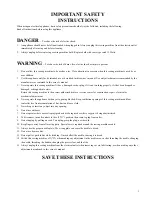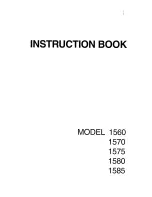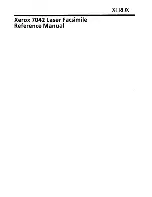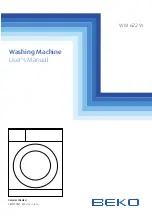
1.
Zigzag stitch mechanism of machines 523, 524, 527
1.1
Introduction
The machine setting must be carried out in the sequence as described
herein.
1.2
Tooth clearance setting of zigzag stitch gear
Regulation
The tooth clearance of zigzag stitch should be as small as possible.
No overlap instead of clearance, however, may arise in any mutual
position of the gears.
–
Dismantle the machine top cover.
–
Loosen the screw (1) and turn the eccentric bolt (2) until the gear
fitted on it strikes the gear (3). With regard of the gear runout,
caused by manufacturing inaccuracy, turn the hand wheel by 1/4
revolution, and set the clearance again.
Repeat this 8 times (2 revolutions of the main shaft), until the
eccentric bolt (2) position with the smallest tooth clearance is
found. Locate the bolt (2) in this position and fix it with a screw (1).
5
GB
1
3
2








































